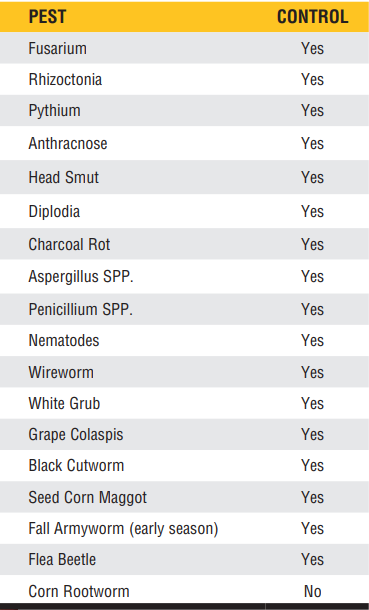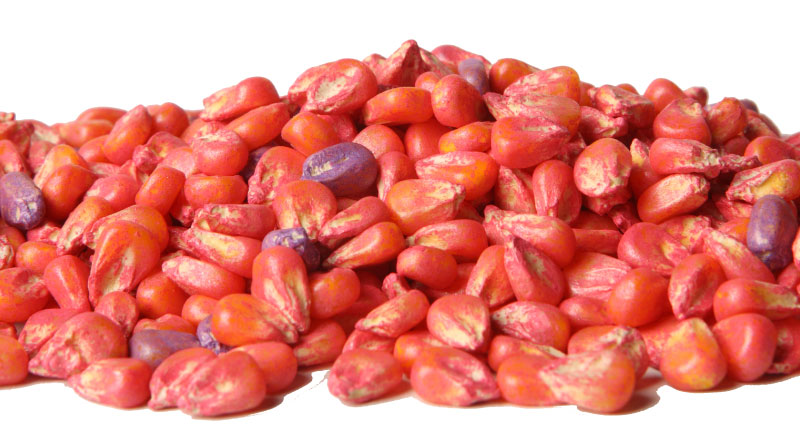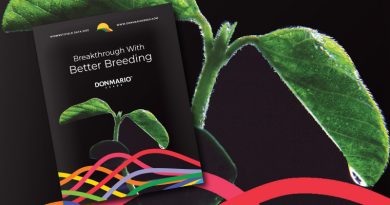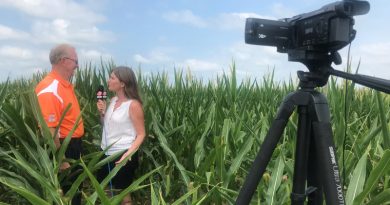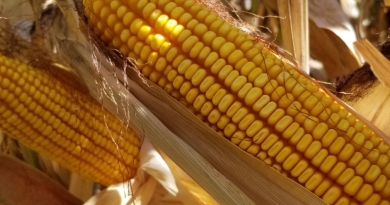PowerShield Seed Treatments
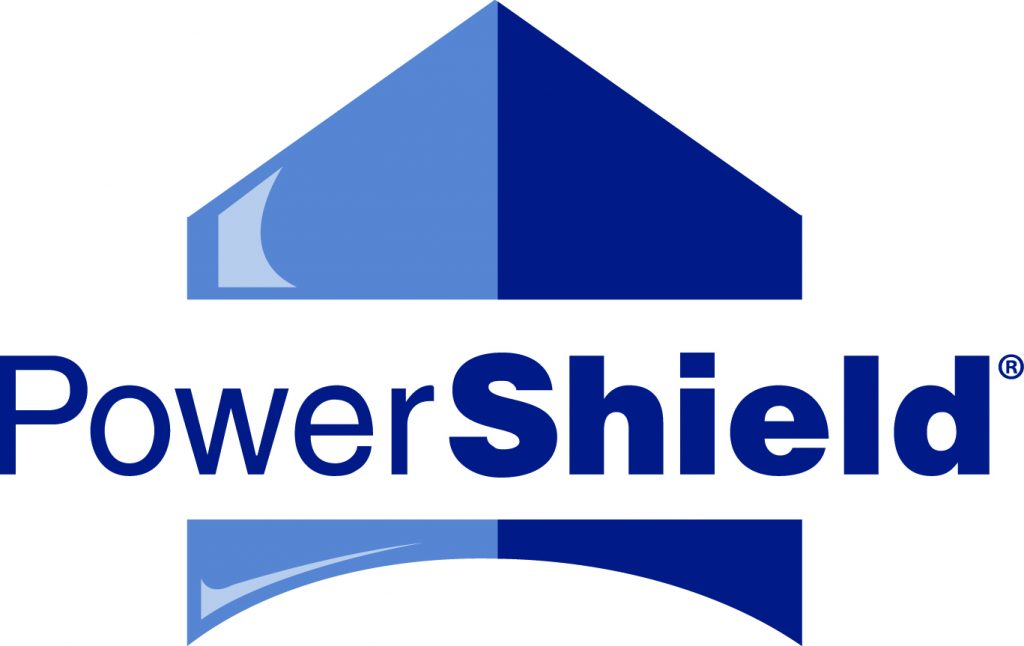
Burrus Seed has a custom blend seed treatment available for our corn and soybean products called PowerShield seed treatment. Three keys behind our PowerShield brand treatments’ performance advantage are:
Right recipe
What chemicals belong in the recipe to maximize stand establishment, early plant vigor and ultimately, yield? We invest time and research dollars to accurately answer this question. Fungicides used must effectively control the diseases that inhibit reaching these plant goals. No single fungicide will fully control Phytophthora, Pythium, Fusarium and Rhizoctonia, along with other diseases. We look for multiple components to manage the full disease spectrum. Insecticide components are also used to manage major pests. Multiple locations planted at different dates identify small but significant differences to deliver the best seed experience.
Right rate
The most effective rate is prescribed and delivered on each seed. Correct rate is critical to achieving maximum performance. Realize lower rates will lower costs but also reduce effective disease control. Our trained professionals using label rates are key to the PowerShield reputation.
Right return
Value and return on investment help growers have confidence. We understand every input choice you make must be a wise decision. PowerShield is designed to enhance our seed with a goal of providing a $3.00 return for each $1.00 invested in treatment. PowerShield leads to better stand establishment allowing us to guarantee our products with a 100% Free Replant policy – which we have offered since our start in 1935.
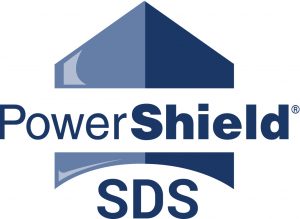
In soybeans, PS SDS, PowerShield with added SDS control, gives enhanced return by managing both SCN and SDS. A cool, wet spring coupled with earlier soybean planting enhances the value of PS SDS, making it a great tool to manage risk and provide an excellent return on your investment.
Strategy should drive growers’ decision to use PS SDS treatment, consider the following:
- 100% of soybeans treated with PS SDS: most seasons show a positive ROI, and when SDS is present, a grower can experience great return on all their acres.
- Use PS SDS on specific varieties that might benefit most from the additional protection. Your Burrus Seed Representative can help you identify which varieties fit this category.
- Treat approximately 1/3 of your units to be prepared to plant some acres early.
- Treat products destined for fields with a history of SDS.
We use extensive research and testing with multiple years and multiple locations to positively identify the proper recipe for PowerShield. Adjustments in exact components and rates help us be efficient with your input dollars. Dave Hughes has led the Burrus team to enhance the seed genetics by seed treatment interactions. Figure 1. helps to understand, “all seed treatments are not created equal.” Each recipe is evaluated for emergence, uniformity and yield. The graph demonstrates there is as much difference between recipes as there is from the untreated check (Product C) to having the lowest performing ‘premium’ treatment.

Use the following charts to understand the diseases and insects managed with our PowerShield treatments.
PowerShield for soybeans includes 3 active fungicide ingredients plus an insecticide. PS SDS adds a fourth fungicide to the recipe.
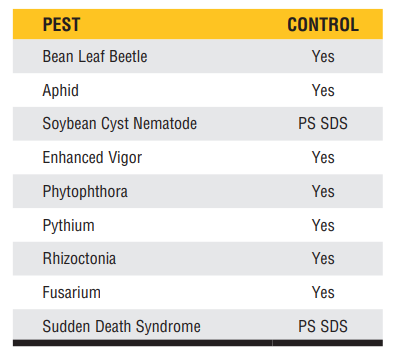
PowerShield for corn includes 5 active fungicide ingredients, 2 ingredients for insect control plus a nematicide.
